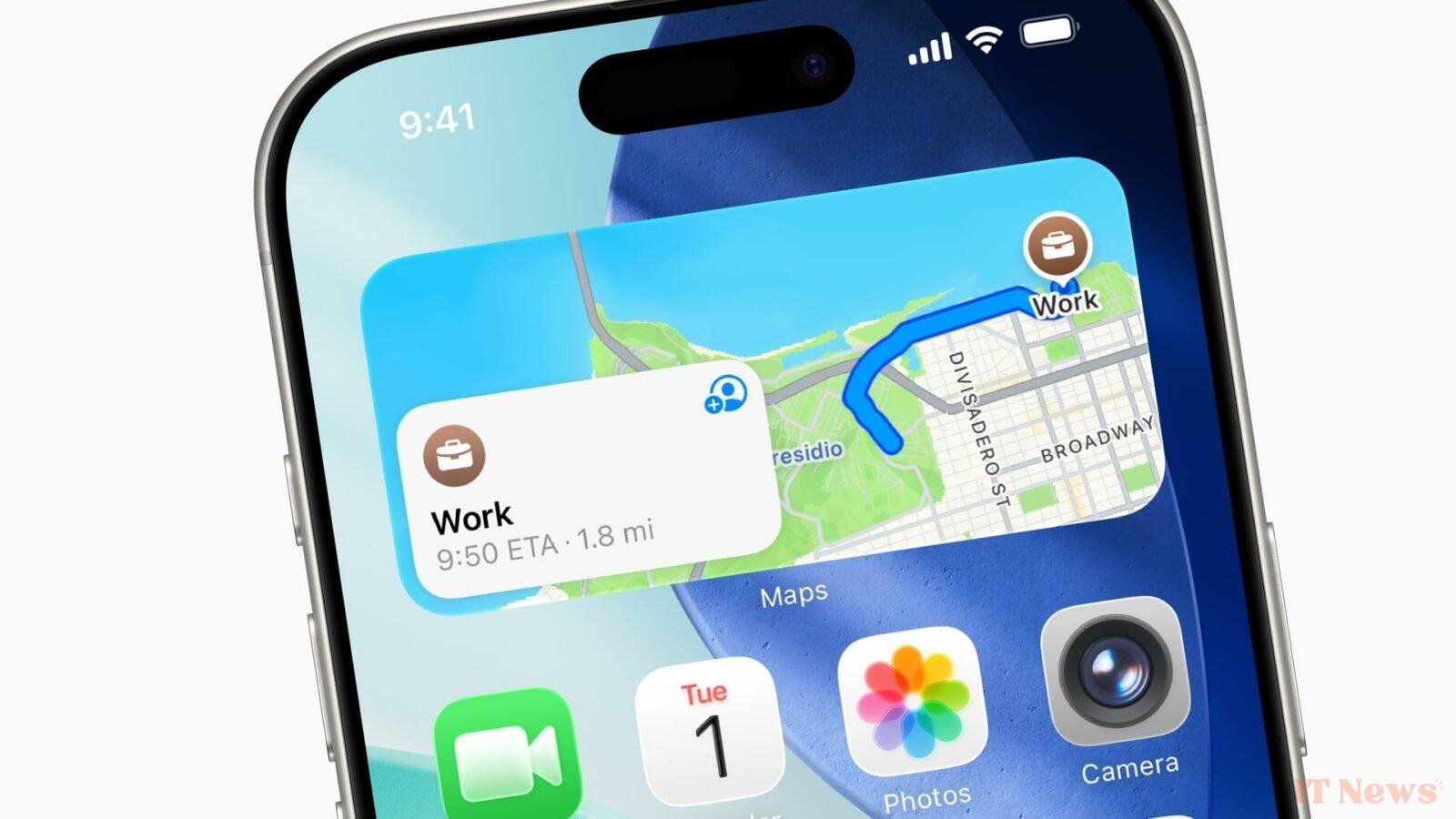Since April 2021 and iOS 14.5, Apple Maps has already allowed users to report hazards such as accidents, speed cameras (or speed checks), and incidents. With iOS 26, the Apple brand is finally preparing to shift gears by significantly expanding the range of reports. In addition to the three existing hazard categories, Maps adds roadworks, closed roads, and traffic jams. The "hazard" option remains, as Apple clearly wants to keep the interface simple without overloading the user.
Apple has a "Maps" to challenge Waze on its own turf
This change, which may seem minor, is a notable step forward for those who use their GPS daily. It aims to make Maps much more effective in dealing with road hazards, an area where Waze reigns supreme thanks to its hyperactive community. Indeed, the strength of Google's GPS application comes from its community, with more than 150 million monthly active users who share a wide range of information in real time (traffic jams, accidents, police presence, various hazards, fuel prices). No other application has managed to bring together such a large and responsive user base for this type of data. Google itself imports Waze data into Google Maps to compensate for this lack, recalls the site autoevolution.
Apple, for its part, is not starting from scratch and is counting on the popularity of the iPhone (the update will affect models from the iPhone 11 onwards) to power this enhanced reporting system. More potential users means more potential data, but this simple logic is subject to a major unknown: engagement. The big question is whether iPhone users will play the active reporting game like "Wazers" do. The quality and freshness of alerts on Apple Maps will crucially depend on this adoption.
The Stones in Apple's Shoe
While the offensive is notable, the road is still long for Apple Maps. Apple's incident reporting system, even before this update, struggled to gain widespread adoption, especially outside the United States. Despite the Cupertino company's efforts to make it a viable alternative to Maps, the mapping quality is still perceived as inferior in many parts of the world.
Outside the United States, and particularly in Europe, Maps is still not a benchmark. The maps are sometimes considered outdated, the directions haphazard, and the "urban exploration" (Detailed City Experience), which offers a richer 3D representation of cities, is still awaited in many metropolises. Apple seems aware of certain shortcomings, since iOS 26 will also bring other small improvements to Maps, such as a history of visited places and automatic suggestions of preferred routes to favorite destinations.
Read also: Reserved for others? Why Waze doesn't offer this feature in France
It will take at least this much to try to convert loyal users of Waze or Google Maps, but the efforts of a giant like Apple should be closely monitored. Every little stone added to the Maps edifice, combined with the power of the Apple ecosystem and its privacy-focused discourse, could slowly but surely nibble away at market share. For Waze, whose model is based on active engagement and the density of its community, even a slow erosion of its user base in favor of a native solution that is "good enough" and better integrated with the iPhone, represents a threat that should not be underestimated.
While Apple Maps with iOS 26 is not going to dethrone Waze overnight, the Apple brand's intention is clear. It wants its share of the community navigation pie.



0 Comments